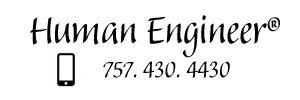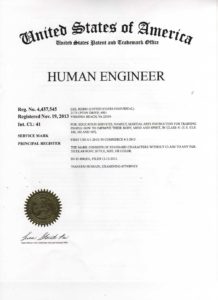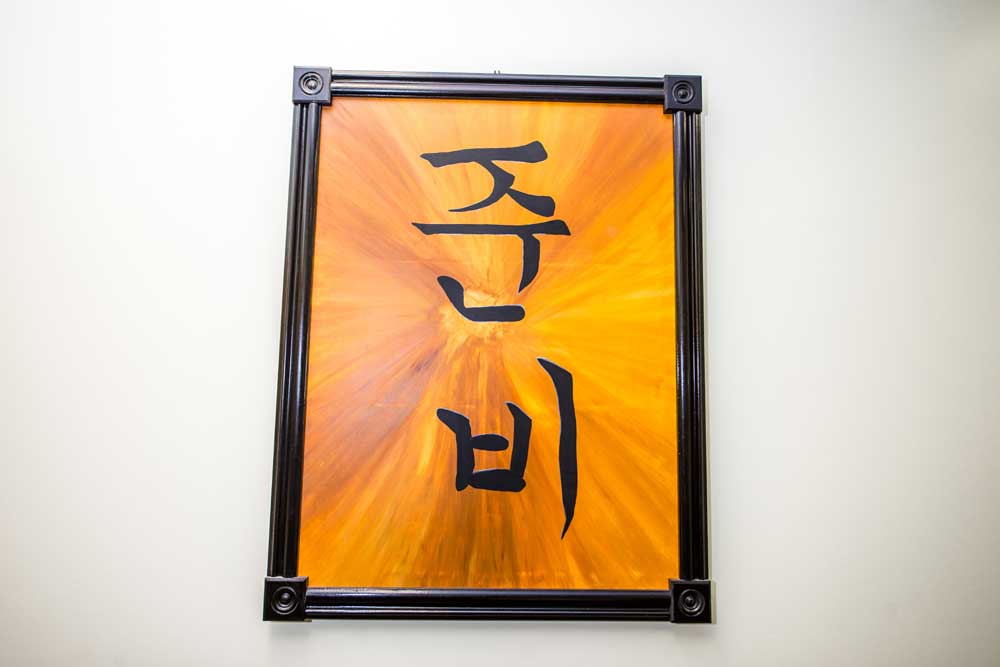So, what is thinking?
1. Directly presented; thinking is whatever reaches the mind through physical stimulus.
2. Indirectly presented; not through physical stimulus; thinking is achieved through imagination. Imagination is a very powerful function of the mind, because imagination has no boundaries. Imagination is also the source of all creativity, which has no limit. With the ability to imagine, each of us can become unique through a challenging creative process.
Paul Horgan wrote, “Illusion is first of all needed to find the powers of which the self is capable.”
Likewise, in the book Sparks of Genius, authors Robert and Michele Root-Bernstein stated, “If you can’t conceive things that don’t exist, you can’t create anything new. If you can’t dream up worlds that might be, then you are limited to the worlds other people describe. You see reality through their eyes, not your own. Worse, having failed to develop your own illusory but insightful “eyes of the mind,” the eyes in your head will not show you much of anything at all.”
3. With the ability to connect one piece of information to another (relate, associate, or group them), thoughts become knowledge or experience. Through this we arrive at a conclusion, and it becomes a belief. We can have two different types of beliefs:
a. Belief with support of rationalized reason
b. Belief without support of rationalized reason, rather, by “feeling” or “desire”. Because the ability to follow through with a sound logical process is a not an easily acquired skill, we make many illogical connections (just because we want to and easier to settle for less) which become false beliefs.
These beliefs can be described using many terms such as value system, paradigm, frame, and perspective. This aspect of thinking is a powerful area we can work on, because if we change a person’s belief, we change the course of their life forever. It is a huge impact a teacher can make with any student, if the teacher understands the dynamics of the process.
With this knowledge, Master Lee (Human EngineerⓇ) will focus on:
1. What I, can do to let each one of my students become themselves (autonomous)rather than a slave of others opinions, expectations, or customs. Each one of us struggles with our “identity” every single day, battling many negative influences of the world. Many of us are experiencing depression, anger, low self-esteem, autism, AD/HD, and so on. If we achieve autonomy, all of these can be managed. (please look for recreational healing post in the near future)
2. What I can do to develop each student’s ability to imagine, increasing their creativity. If you can’t imagine, you can’t invent.
3. What unsupported belief each student has and how I can help them correct that.
4. How to promote the “joy of learning”, so they become lifelong students.
During every class, with each student, I look for a teachable moment for all the above.
Ⓒ Copyright Jeeho Lee, Human EngineerⓇ






Recent Comments